Published: 18 September 2017
Last updated: 5 March 2024
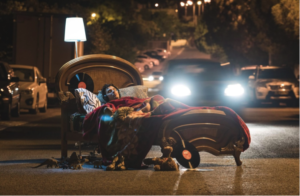 Photo: Yair Meyuhas (Facebook)
“Mekudeshet is an attempt to decipher the code of Jerusalem’s DNA,” explained Itay Mautner, the festival’s artistic director, in an interview with +61J. Referring to Jerusalem as a palimpsest, a multi-layered record, he said, “This city has been conquered and reconquered, destroyed and built-up – and each event and every ruler have left their mark. The festival gives expression to this multiplicity of voices and identities.
“In our [Jewish] culture,” Mautner continued, “We are told that ‘The Torah will come forth from Zion.’ Our Torah is open-mindedness – opening our minds and hearts to challenge ourselves and the ways we see reality, to find new perspectives.”
For the more than 2000 people who attended, the Kulna concert on September 7th was one of the festival’s highlights. It offered, as the organisers had promised in their promos, “An opportunity to experience, in the here and now, that which is sometimes hard to even dream about. To offer to Jerusalem and from Jerusalem one night without boundaries or borders. To lay the foundations for that which is at the same time so natural and yet so inconceivable – a successful Middle East.”
For two-and-a-half hours, the audience gave itself over to the thrilling, compelling beat, clapping in rhythm and dancing on the straw mats provided by the organisers, as Arab and Jewish musicians sang together in each other’s languages, accompanied by the Jerusalem Orchestra East West, in the Mitchell Park, just metres from the Old City Walls.
Photo: Yair Meyuhas (Facebook)
“Mekudeshet is an attempt to decipher the code of Jerusalem’s DNA,” explained Itay Mautner, the festival’s artistic director, in an interview with +61J. Referring to Jerusalem as a palimpsest, a multi-layered record, he said, “This city has been conquered and reconquered, destroyed and built-up – and each event and every ruler have left their mark. The festival gives expression to this multiplicity of voices and identities.
“In our [Jewish] culture,” Mautner continued, “We are told that ‘The Torah will come forth from Zion.’ Our Torah is open-mindedness – opening our minds and hearts to challenge ourselves and the ways we see reality, to find new perspectives.”
For the more than 2000 people who attended, the Kulna concert on September 7th was one of the festival’s highlights. It offered, as the organisers had promised in their promos, “An opportunity to experience, in the here and now, that which is sometimes hard to even dream about. To offer to Jerusalem and from Jerusalem one night without boundaries or borders. To lay the foundations for that which is at the same time so natural and yet so inconceivable – a successful Middle East.”
For two-and-a-half hours, the audience gave itself over to the thrilling, compelling beat, clapping in rhythm and dancing on the straw mats provided by the organisers, as Arab and Jewish musicians sang together in each other’s languages, accompanied by the Jerusalem Orchestra East West, in the Mitchell Park, just metres from the Old City Walls.
Just imagine how many concerts like this we could have if peace were to come.As the evening wound down, after a long medley of seamlessly intertwined Arab and Jewish songs, conductor Tom Cohen breathlessly told the audience that while he did not think that the concert could bring peace, “Just imagine how many concerts like this we could have if peace were to come.” Mautner’s ideas about new perspectives were implemented quite literally in “Above and Beyond”, a program that brought participants up to rooftops throughout the city. On the rooftop of the Clal Center, a failed attempt at an urban mall in downtown West Jerusalem, Shulem Dubinsky, 42, dressed in ultra-Orthodox clothing, pointed to his neighbourhood, Meah Shearim, from high above the street. Holding his toddler son, whose payot flapped in the brisk evening breeze, he said, “Our sages talk about ‘earthly Jerusalem’ and ‘celestial Jerusalem’. But I never thought about it this way. Because I am haredi (ultra-Orthodox), I usually stay in my part of the city. But from this angle, I can feel part of the whole city. That’s celestial, too.” In the past few years, the Clal Center’s previously inaccessible rooftop has been claimed by Muslala, a collective of young artists, who have planted gardens and trees, established a socially conscious cooperative grocery store, installed honey-producing beehives, and organised ceramic classes for the general public. On another corner of the roof, a group of seven dancers, all dressed in white, were breathing through long plastic tubes as they circled around a huge mound of dirt. They were, the brochure explained, “breathing life into historical narratives by aerating 2.5 cubic meters of earth dug up from under the Temple Mount and brought to the rooftop”. When they are not performing, visitors were told “the earth will breathe by itself”. At Bikur Holim Hospital, a ten-minute walk away, installation artist Alit Kreiz recorded a guide for visitors to the roof of the nearly 200-year-old building– which is accessible only by walking through the hospital’s very active maternity ward. In the spirit of the season of slichot, the penitential prayers that precede Rosh Hashanah, Kreiz intoned into the earphones provided to each participant, “For what would we like to ask forgiveness from the babies that were born into this contemporary Jerusalem-Israeli reality, next to the busiest and most culturally diverse junction in the city? For what would we like to ask forgiveness from our surroundings and ourselves in a rare moment of spiritual contemplation?” In the “5 Ways to Dissolve Boundaries” program, participants boarded minibuses and crisscrossed the city to meet Jerusalemites who are striving to make positive change: young Palestinian entrepreneurs; haredim who teach English and other core subjects; Mizrahi’im musicians who are reclaiming lost traditions; Palestinian lawyers working for greater equality; a religious Jew who works with African asylum seekers, and many more. Its name refers to the sacred and the sacrosanct, yet Mekudeshet also offered programs that were respectfully, yet pointedly, heretical. On a rooftop in the municipality complex, an imposing sculpture of Tlazolteotl, the Aztec goddess of lust, carnality and fornication, looked over towards the old border between East and West Jerusalem. On a rooftop in the Old City, an installation of 100 colourful flags waved in front of the golden Dome of the Rock on the Temple Mount/Haram Al-Sharif. Artist Itai Ben Nun explained that “they look like flags from different countries, but they really don’t have any particular cultural or national meaning. Flying meaningless flags in the heart of a conflict zone, where for centuries the Greeks, Romans, Muslims, Crusaders, monarchs, Turks, Englishmen, Arabs and Jews, have flown their flags – well, makes you think twice about what we fight for.”
 Photo: Gil Rouvio (Facebook)
Although Mekudeshet focused on the different conflicts in Israel – between rich and poor, Mizrahi and Ashkenazi, young and old, religious and secular – Mautner acknowledged that the organisers were very aware that this year marks 50 years since the Six-Day War and the unification of Jerusalem under Israeli sovereignty. “We bring an upbeat vibe, but we know that everything isn’t OK in this city. Kulna was amazing… and no less amazing is the fact that Palestinian musician Muhammad Mughrabi participated in that concert, even though, afterwards, he had to cross through a checkpoint, where he could be stopped for any reason by a policeman or a soldier, to return to his home in the Shu’afat refugee camp.”
Riman Barakat, director of East Jerusalem and Palestinian relations for Mekudeshet, acknowledged that some Palestinians refuse to take part in joint events such as Mekudeshet as long as the occupation of East Jerusalem continues. “As a Palestinian, I am not participating in hiding the harsh realities that we face every day,” Barakat told +61J. “Instead, the Palestinian artists who participate in Mekudeshet are saying that despite the occupation, we are standing up for our artistic passions. That we are full people who will not be beaten down or be turned into victims. And we are, together with the Jewish residents of Jerusalem, saying that, if only for a brief while, we can dream together about a different reality.”
Photo: Gil Rouvio (Facebook)
Although Mekudeshet focused on the different conflicts in Israel – between rich and poor, Mizrahi and Ashkenazi, young and old, religious and secular – Mautner acknowledged that the organisers were very aware that this year marks 50 years since the Six-Day War and the unification of Jerusalem under Israeli sovereignty. “We bring an upbeat vibe, but we know that everything isn’t OK in this city. Kulna was amazing… and no less amazing is the fact that Palestinian musician Muhammad Mughrabi participated in that concert, even though, afterwards, he had to cross through a checkpoint, where he could be stopped for any reason by a policeman or a soldier, to return to his home in the Shu’afat refugee camp.”
Riman Barakat, director of East Jerusalem and Palestinian relations for Mekudeshet, acknowledged that some Palestinians refuse to take part in joint events such as Mekudeshet as long as the occupation of East Jerusalem continues. “As a Palestinian, I am not participating in hiding the harsh realities that we face every day,” Barakat told +61J. “Instead, the Palestinian artists who participate in Mekudeshet are saying that despite the occupation, we are standing up for our artistic passions. That we are full people who will not be beaten down or be turned into victims. And we are, together with the Jewish residents of Jerusalem, saying that, if only for a brief while, we can dream together about a different reality.”
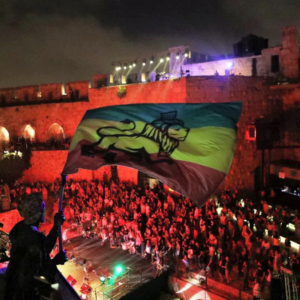 Photo: Michal Fattal, Kulna, Mekudeshet
Photo: Michal Fattal, Kulna, Mekudeshet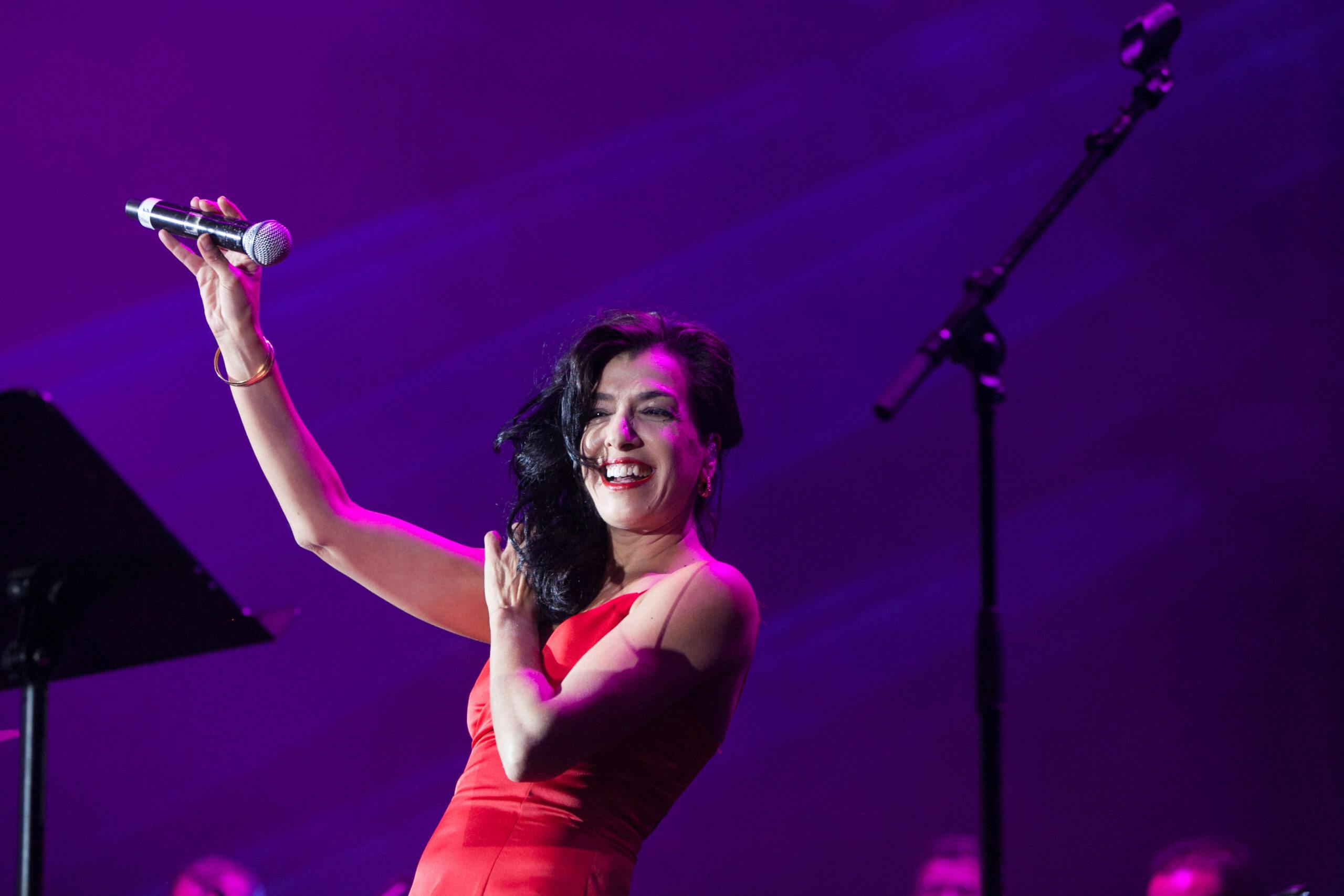
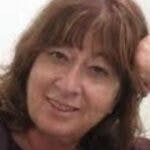
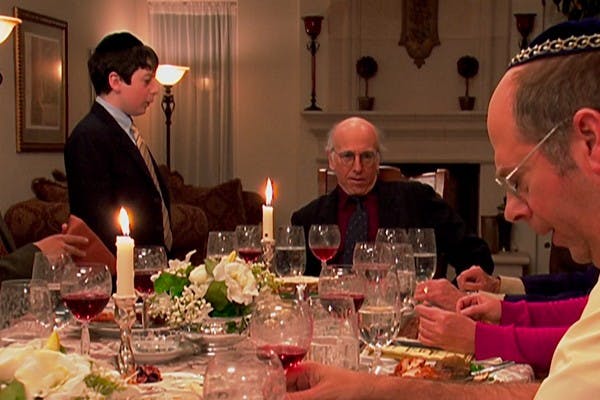
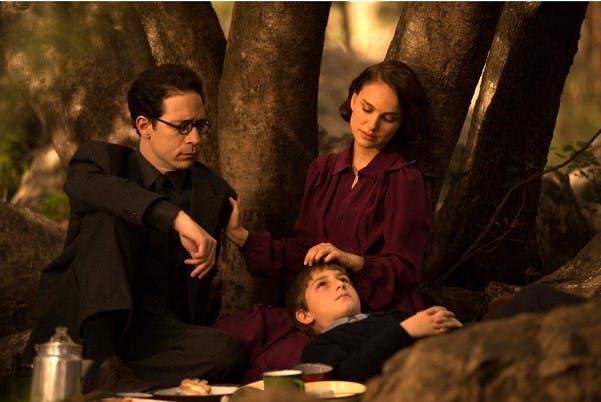
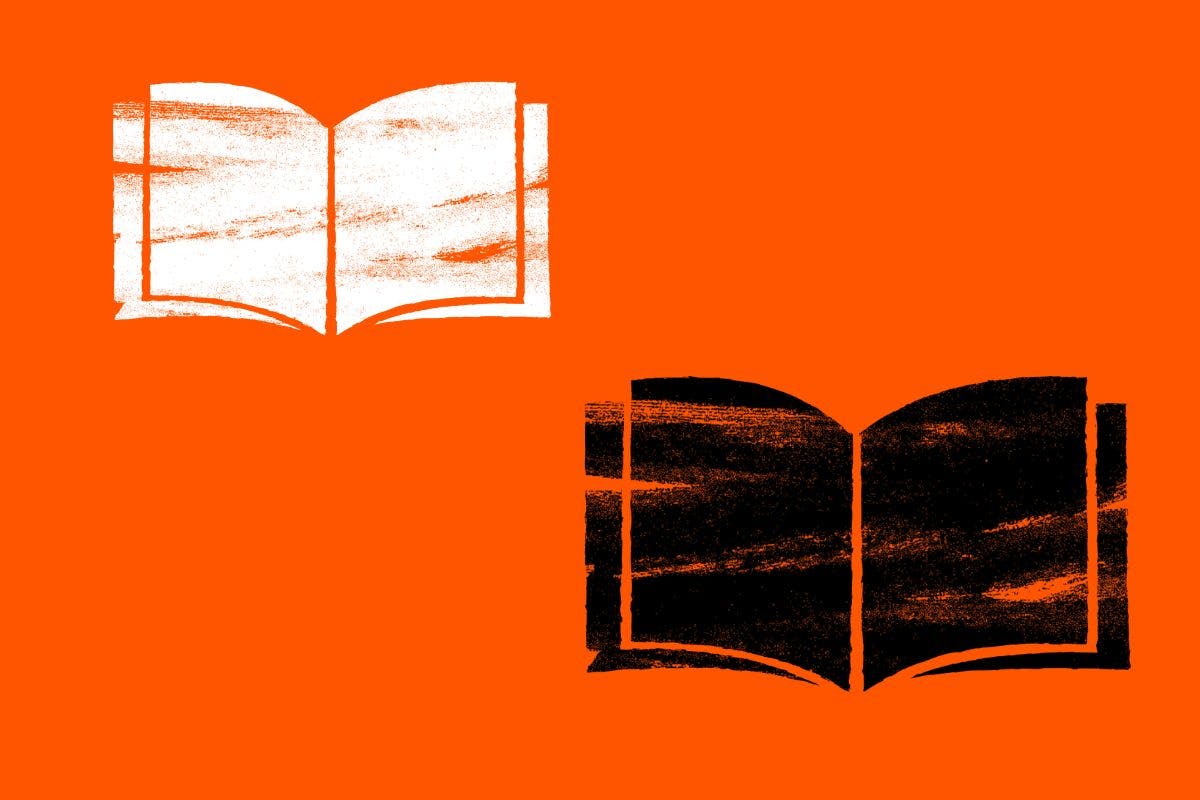
Comments
No comments on this article yet. Be the first to add your thoughts.